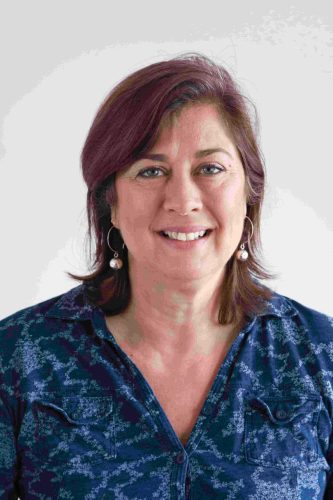Early History of the Foundation of the Family Rehabilitation Centre
By its Founder Member, Dr. Anna Doney (now Dr. Anna Zeffertt)
This journey began during my tenure with Quaker Peace and Service, a London-based charity, from 1988 to 1990. My role involved supporting peace and reconciliation projects in both the North and South of Sri Lanka.
During my visits to Jaffna, I recognized an urgent need for counseling services for communities deeply affected by war and civil violence. With a recent Doctorate in Psychology from the University of York, UK, I initiated intensive two-week training programs focused on practical counseling skills.
In 1989, these efforts led to the creation of the Association for Health and Counselling, also known as Shanthiha , in Jaffna. This organization was established to address the overwhelming need for professional counseling services. Among the population were numerous men who, after being released from custody, bore severe physical and psychological scars from torture. To understand their needs, I conducted field studies with medical students in Vavuniya and Mannar, interviewing 87 ex-detainees. This research was later featured in Scarred Minds by Prof. Daya Somasundaram. These students, along with early counseling trainees, became Shanthiham’s first staff and committee members, supported by Dr. Nachinarkinian, then Director of Jaffna Hospital.
When my term with Quaker Peace and Service ended in 1990, I identified the need to establish a complementary counseling service in the South of Sri Lanka. My vision was to create parallel services in Tamil and Sinhala communities to foster peaceful dialogue, joint training, and collaborative programs. At the time, the South also faced extreme ethnic violence, underscoring the necessity of such an initiative.
I sought support from Dr. Radhika Coomaraswamy, Director of the International Centre for Ethnic Studies (ICES) in Colombo, who provided initial funding to explore the idea. Leveraging the study Founder of the 87 ex-detainees, I demonstrated the scale of the need, as many similar survivors of torture resided in Southern districts. Early funding came from the Canadian High Commissioner and the Sri Lanka-Canada Development Fund, channeled through ICES. These funds allowed me to rent premises, initiate training programs, and recruit staff.
By 1990, with the support of key individuals like Jeevan Thiagarajah (ICES staff) and Neelan Thiruchelvam (a lawyer who developed the organization’s legal framework), the project gained momentum. I appointed Manorani Saravanamuthu and Shanthi Arulampalam as the first joint directors.
Dr. Siva Sivayogan played a pivotal role in bringing medical expertise and resources to refugee camps and helped design the FRC logo, symbolizing a family in light and darkness sheltered by caring hands. The name ” Family Rehabilitation Centre” reflected my belief that the violence of war, especially torture, impacted entire families, necessitating a holistic approach to counseling and psychosocial support. The Family Rehabilitation Centre was formally incorporated as a Limited
Liability Corporation on 10th August 1992.
Although I left Sri Lanka in 1991 to pursue postgraduate training in Clinical Psychology at the University of Edinburgh, I continued to support both AHC-Shanthiham and FRC through annual visits, staff guidance, and training. Over the past three decades, my career in the UK’s National Health Service has spanned Edinburgh, London, and Cambridge, where I have been based for the last 25 years.
Reflecting on these early days, I am deeply grateful to have contributed to the establishment of FRC, which continues to serve as a beacon of support for those affected by trauma and violence.






 Visit Today : 137
Visit Today : 137 This Month : 987
This Month : 987 This Year : 51563
This Year : 51563